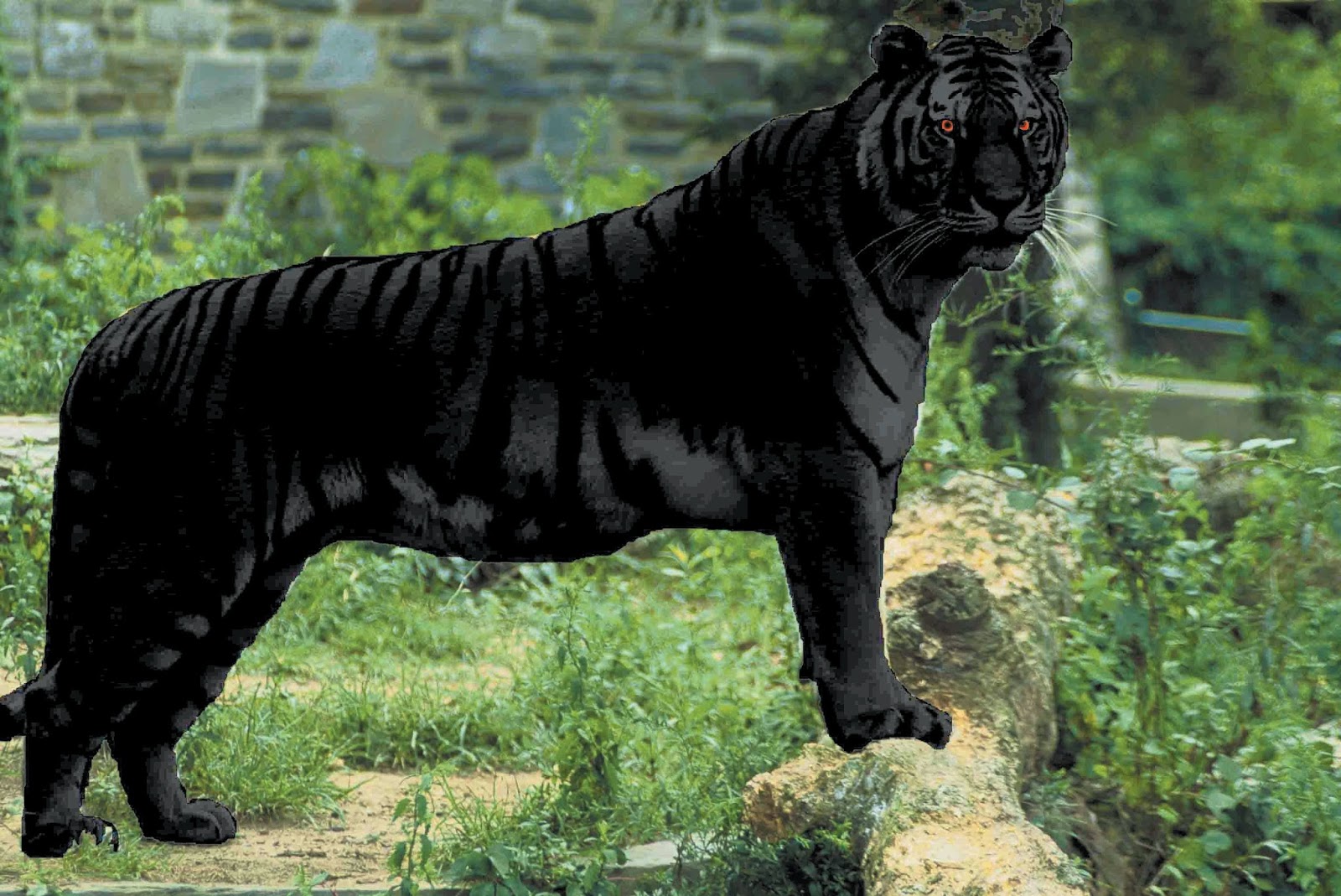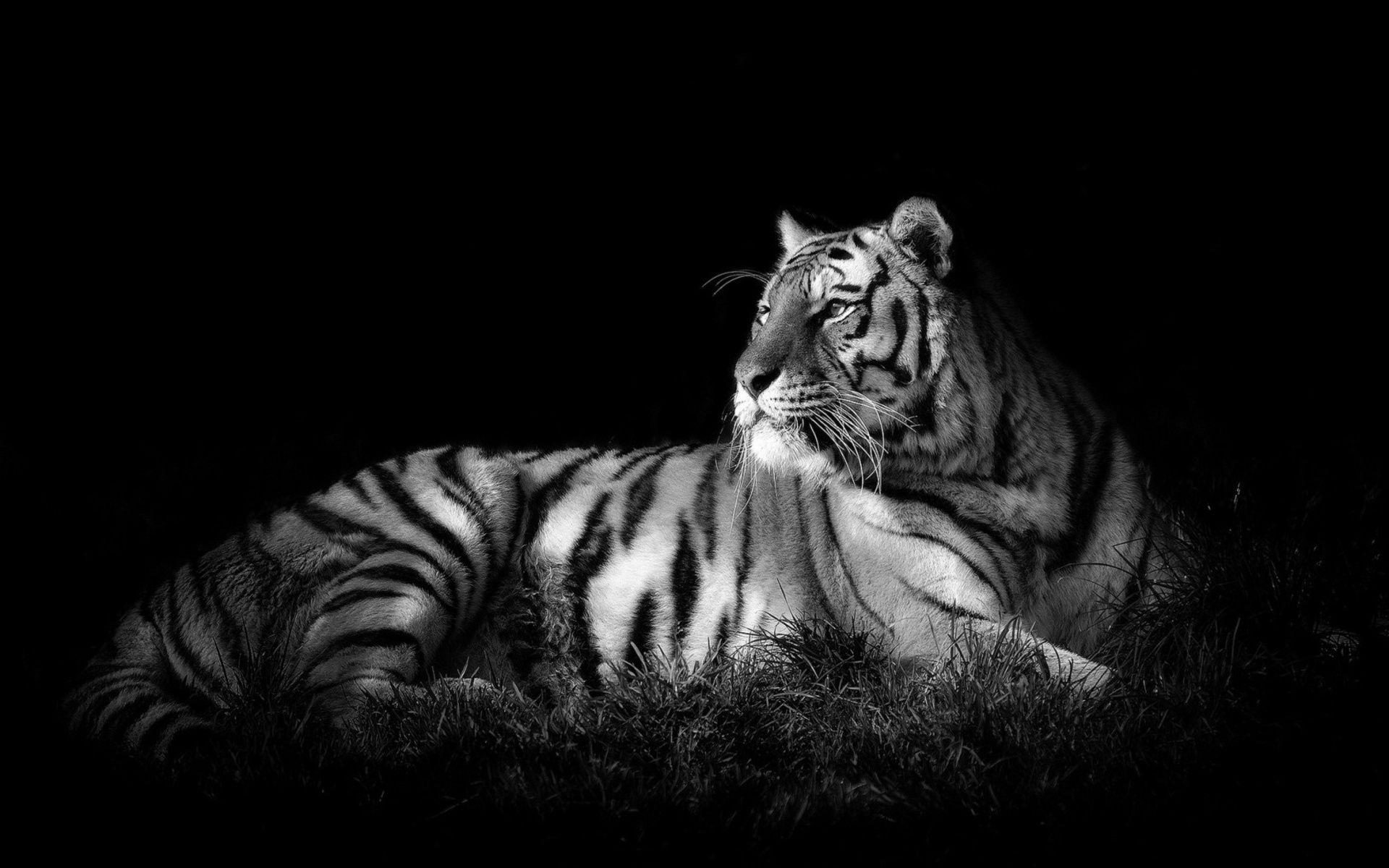The black tiger, a creature shrouded in mystery and allure, captures the imagination of wildlife enthusiasts and casual observers alike. With its striking appearance and elusive behavior, the black tiger has become a symbol of the wild's untamed spirit. These magnificent animals are not just a rare genetic variation of the common tiger; they represent the delicate balance of nature and the importance of conservation efforts. In this article, we will delve deep into the world of black tigers, exploring their biology, habitat, behavior, and the challenges they face in the wild.
As we journey through the life of the black tiger, we will also uncover the myths and facts surrounding this elusive feline. Understanding the black tiger is crucial not only for wildlife conservationists but also for anyone who appreciates the beauty and complexity of nature. The black tiger serves as a reminder of the fragility of our ecosystems and the importance of preserving them for future generations.
Join us as we unravel the secrets of the black tiger and gain a greater appreciation for this extraordinary creature. From its unique physical characteristics to its role in the ecosystem, we will provide a comprehensive overview of what makes the black tiger a true marvel of the animal kingdom.
Table of Contents
- 1. Biography of the Black Tiger
- 2. Physical Characteristics
- 3. Habitat and Distribution
- 4. Behavior and Social Structure
- 5. Diet and Hunting Strategies
- 6. Conservation Status
- 7. Myths and Facts
- 8. Conclusion
1. Biography of the Black Tiger
The black tiger, scientifically known as Panthera tigris, is a subspecies of tiger that has garnered attention for its unique coloration. Unlike the typical orange and black striped tiger, the black tiger possesses a genetic mutation that causes its fur to appear darker, often leading to a striking black coat with faint stripes. This variation is extremely rare, making sightings of black tigers an extraordinary event.
| Data Field | Information |
|---|---|
| Scientific Name | Panthera tigris |
| Common Names | Black Tiger, Melanistic Tiger |
| Habitat | Tropical forests, grasslands, and mangroves |
| Diet | Carnivorous; primarily deer, wild boar, and smaller mammals |
| Conservation Status | Endangered |
2. Physical Characteristics
Black tigers possess distinct physical traits that set them apart from their more commonly known counterparts. Here are some key characteristics:
- Coat Coloration: The most striking feature of the black tiger is its dark fur. The black coat is often marked with dark brown or black stripes, providing excellent camouflage in their natural habitat.
- Size: Black tigers are similar in size to regular tigers, with males typically weighing between 400 to 600 pounds and females weighing between 220 to 400 pounds.
- Eyes: Their eyes can be a brilliant shade of amber or green, adding to their mystique.
3. Habitat and Distribution
Black tigers are primarily found in the dense forests and jungles of Southeast Asia, particularly in India, where the highest population of tigers resides. They prefer habitats that provide ample cover and access to water sources. Their distribution is limited due to their rarity, and they often occupy territories that overlap with other tiger subspecies.
4. Behavior and Social Structure
The black tiger exhibits behaviors similar to those of other tiger subspecies. Here are some notable behavioral traits:
- Solitary Nature: Tigers, including black tigers, are solitary animals, except during mating season or when a mother is raising her cubs.
- Territorial Marking: Black tigers establish territories and use scent marking to communicate with others, ensuring that they maintain a safe distance from potential rivals.
4.1 Communication
Black tigers communicate through a variety of vocalizations, including roars, growls, and chuffing sounds, which serve different purposes such as mating calls or warning signals.
4.2 Reproduction
The mating season for black tigers typically occurs in the winter months. After a gestation period of about 93 to 112 days, a female black tiger will give birth to a litter of 2 to 4 cubs, which she will care for until they are independent.
5. Diet and Hunting Strategies
As carnivores, black tigers primarily hunt and feed on:
- Deer
- Wild boar
- Smaller mammals like rabbits and birds
Black tigers are skilled hunters, employing stealth and strength to ambush their prey. They rely on their natural camouflage to blend into their surroundings, allowing them to approach their prey unnoticed.
6. Conservation Status
The black tiger is classified as endangered due to habitat loss, poaching, and human-wildlife conflict. Conservation efforts are crucial to protecting this unique subspecies and ensuring its survival in the wild. Organizations and governments are working together to establish protected areas and raise awareness about the importance of tiger conservation.
7. Myths and Facts
There are many myths surrounding the black tiger that contribute to its enigmatic status. Here are a few:
- Myth: Black tigers are a separate species. Fact: They are a genetic variation of the common tiger.
- Myth: Black tigers are more aggressive than regular tigers. Fact: Behavior is more influenced by environment than color.
8. Conclusion
In conclusion, the black tiger is a remarkable creature that embodies the beauty and mystery of the wild. With its unique physical characteristics and elusive nature, it serves as a reminder of the importance of biodiversity and conservation. As we strive to protect these magnificent animals, it's essential for us to raise awareness and promote actions that contribute to their preservation.
We encourage you to share your thoughts on black tigers in the comments below and explore more articles on wildlife conservation. Your engagement is vital in helping spread awareness about the challenges faced by these incredible creatures.
Thank You for Reading!
We hope you found this article enlightening and inspiring. The black tiger represents not just an animal of great beauty but also a call to action for conservation efforts worldwide. We invite you to return to our site for more informative articles on wildlife and nature.
Birmingham UK Mayor: A Comprehensive Insight Into The Role And Responsibilities
Understanding Manchester United's Position: A Comprehensive Analysis
Neil Sandilands: The Journey Of A Versatile Actor


